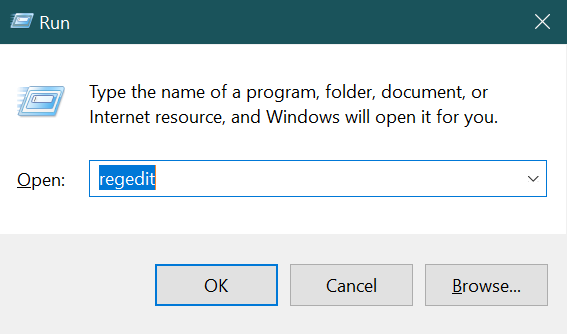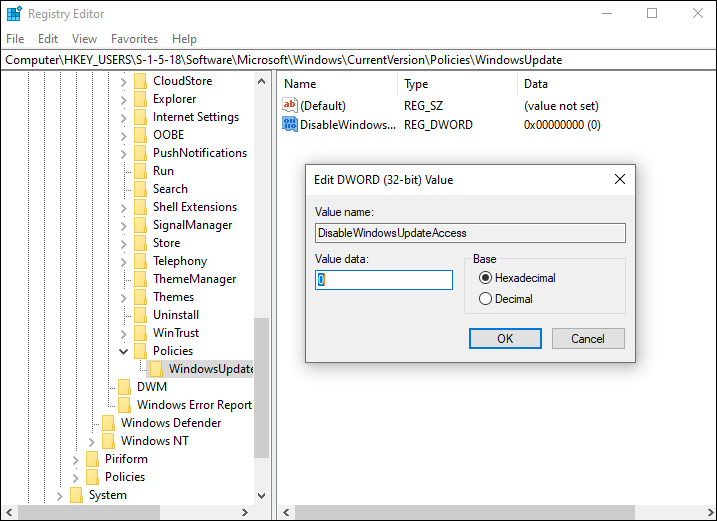Wondering how to fix Windows Update error 80240025 on your PC?
It is not uncommon for Windows to run into errors every now and then, especially when you are installing Windows updates.
Recently, several users reported that their screens have been displaying the error code 80240025 when they attempt to install pending updates on their Windows. We had a look into this matter and discovered that it is mainly caused when a certain Registry value denies the installation of the pending update, bugs, and corrupt Windows Update components.
If you are facing a similar issue, you are in the right place because, in this guide, we will walk you through the methods of troubleshooting this issue in detail.
Let’s get started.
1. Disable a Registry Key.
It’s possible that your computer is seeing this error code because a rule (imposed at the Registry Level) is preventing new Windows Updates from being installed.
This rule is commonly applied in situations where a network administrator wants to limit the bandwidth usage whenever Microsoft pushes a new update.
Should this situation apply to you, you can fix the issue by identifying the setting that is interfering with Windows Update and setting its value to 0, thus preventing this setting from affecting Windows Update.
Here is how you can do that:
- Press Windows + R keys simultaneously to open a Run dialogue box.
- Inside the text field of the dialogue box, type regedit and hit Enter to launch Windows Registry.

- Once you are inside Windows Registry, navigate to the location mentioned below.
HKEY_USERS\S-1-5-18\Software\Microsoft\Windows\CurrentVersion\Policies\WindowsUpdate
- Locate DisableWindowsUpdateAccess in the right pane and double-click on it.
- Under Value data, type 0 and hit Enter.

Finally, restart your PC to save the changes and check if the issue is resolved.
2. Try Using CleanMyPC.
How often do you clean your computer thoroughly? If you have not done this recently, now is the time since junk files on your PC can also be causing the issue.
You can get rid of these files and the problems they cause by using a good PC cleaner.
Using cleaners available online, you can check your computer for errors, and they will automatically fix those that are found. We tested some of the best online cleaners and found CleanMyPC to be the best.

CleanMyPC can help you remove junk files from your computer and boost its performance. Using it is also quite easy! CleanMyPC‘s scan detects problems within minutes and fixes them without requiring you to do much work.
Give your PC a performance boost by installing CleanMyPC!
3. Reset Windows Update Components.
There is also a chance that damaged Windows Update components that prevent the system from installing the latest updates might be causing the Windows Update error 80240025.
The windows update components can usually be repaired by simply resetting them since doing so will restore the system to its original state, free of errors. Hopefully, doing so will help you fix the issue at hand.
- Type cmd in the search bar and click on Run as administrator to launch Command Prompt with administrative rights.
- Inside the Command Prompt window, type the commands mentioned below and hit Enter after each to execute them. These commands will stop all the Windows Update Services.
net stop wuauserv
net stop cryptSvc
net stop bits
net stop msiserver
- Once done, execute the commands mentioned below one by one.
net start wuauserv
net start cryptSvc
net start bits
net start msiserver
Finally, restart your PC and check if resetting the update components resolved the error.
This brings us to the end of our guide on ways to fix Windows Update error 80240025 on your PC. We tried walking you through all the steps in detail and hope that one of the methods mentioned in this post did the trick for you. In case you still have any confusion about the troubleshooting steps, please let us know in the comment section below!
If this guide helped you, please share it. 🙂





